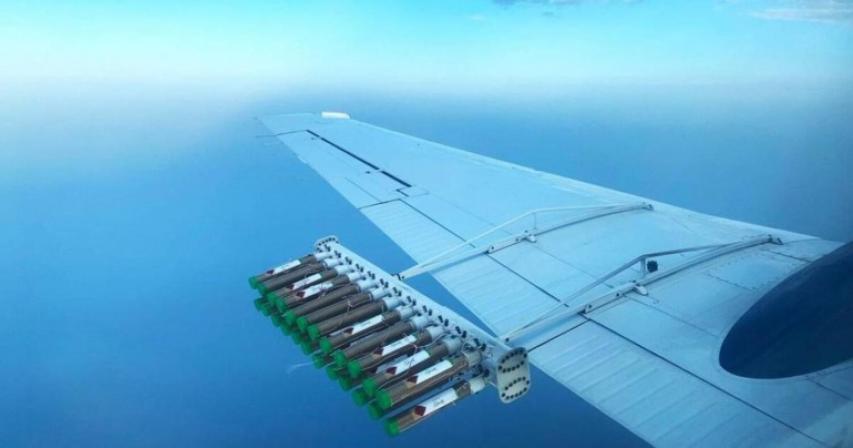UAE: How AI can help find best spots for cloud seeding, tackle water scarcity

AI addresses regional water scarcity by refining weather modification strategies through optimization methods and providing better predictions while minimizing negative impacts.
The 7th International Rain Enhancement Forum (IREF) experts in Abu Dhabi reiterated this concept during its launch on Tuesday.
During the forum discussion experts examined multiple AI applications to show how the technology can enhance climate adaptation methods and support weather modification programs.
AI can provide precise weather forecasts
Deep learning networks within AI models process large amounts of meteorological data to deliver accurate weather forecasts. Predictive data enables us to determine suitable conditions for weather modification techniques like cloud seeding and helps us track weather system movements to identify potential intervention points.
Hasan Al Hosani of Bayanat and Space42 explained they have evolved beyond reactive measures to a proactive strategy that involves prediction analysis and environmental modification for positive results. A key step in environmental understanding involves monitoring water temperature and tracking albatross migration paths across continents. The marine life distribution changes when water temperature shifts and these birds modify their migratory routes as a response.
AI in marine research program
He asked if we are successfully linking these data points. Bird migration might appear disconnected from climate change yet when analyzed with other environmental factors and data points it reveals a broader connection. AI becomes instrumental because it speeds up and enhances the integration of these complex variables into useful insights.
Under this framework Bayanat identified multiple aspects that warrant further exploration. Our marine research program which operates in conjunction with the Environmental Agency of Abu Dhabi investigates how changes in water temperature affect marine life.
Our research partnership with OceanX allowed us to study microplastics including their distribution and development throughout different ocean regions. These topics lack a direct connection to climate change but they definitely exert influence.
Artificial Intelligence reaches its full transformative potential through its applications. AI builds an integrated network of insights which enables deeper understanding of data and discovery of connections that surpass traditional analysis methods.
How does AI help in cloud seeding?
The brief lifespan of clouds during cloud seeding requires forecasters to make quick decisions. Forecasters receive support from AI which helps them select the most suitable cloud regions for seeding by analyzing specific parameters.
Currently, these tasks are done manually. AI allows operators to understand cloud features better and make decisions based on AI-generated guidance on where to concentrate their actions.
Dr Abdulla Al Mandous, Director General of the National Centre of Meteorology (NCM) and President of the World Meteorological Organisation (WMO), said:
AI technology powers our models to predict which clouds can be seeded. Our drone testing continues but remains non-operational. AI demonstrates exceptional performance in cloud seeding through operational optimization and maximization of cloud potential while identifying optimal seeding locations. This technology ensures accurate detection of optimal areas for these operations.






Comments